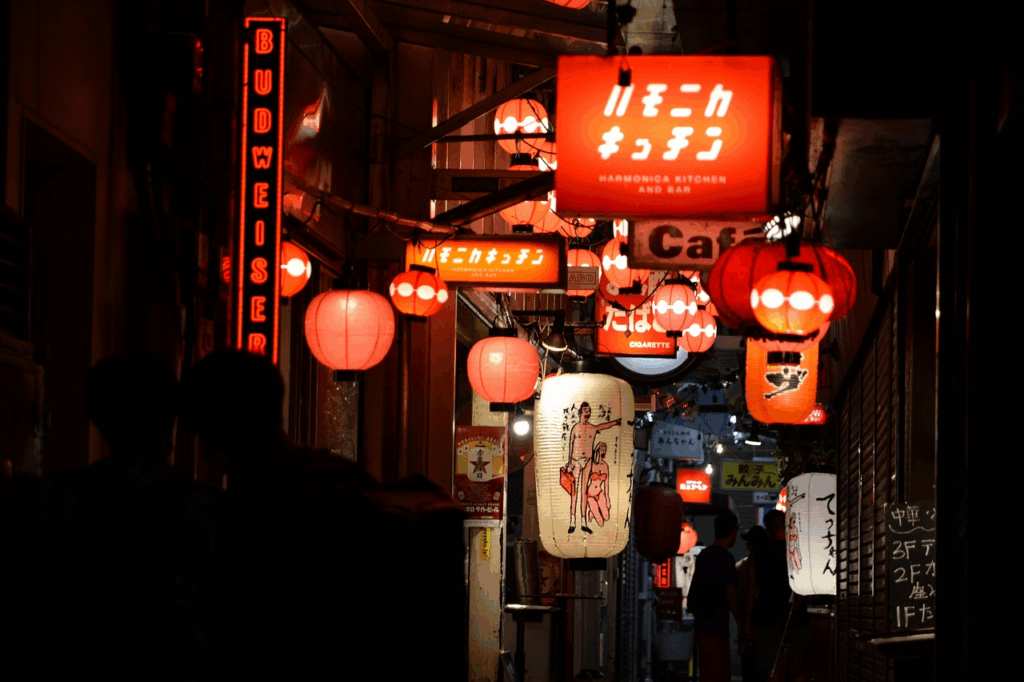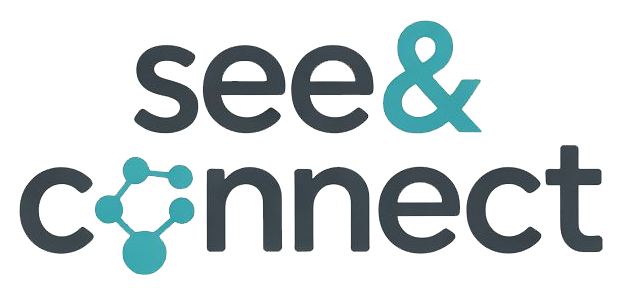The Breakfast Business Revolution: How Morning Izakayas Are Capturing the Corporate Morning Market

Picture this: It’s 8:30 AM in Tokyo’s business district, and a familiar red lantern glows outside what was once a late-night drinking spot. Inside, instead of tired salarymen nursing their last beer, crisp-suited office workers enjoy grilled fish, miso soup, and yes—even a morning beer—before heading to their desks.
Japan has recently seen a surge of morning izakayas.
The shift from night owls to early birds isn’t just about changing opening hours—it’s a complete reimagining of who your customers are and what they need. While most restaurants fight over the crowded dinner rush, smart izakaya owners are carving out their own blue ocean in the morning market.
The transformation often starts with a simple realization: those same three hours you used to stay open until 1 AM? What if you moved them to 7-10 AM instead? Same operational hours, same staff costs, but an entirely different customer experience and profit structure.
The Labor Advantage
Japan’s labor laws require a 25% wage premium for work after 10 PM. Closing before the night shift premium kicks in allows restaurants to offer the same working hours at significantly lower labor costs—strategic timing, not cutting corners.
Morning shifts are also easier to staff. Parents can work while kids are at school, and students can fit shifts around classes. The talent pool is much deeper when you’re not asking people to work until 2 AM.
The Customer Quality Factor
Morning customers are fundamentally different. They’re sober, focused, and more appreciative of quality service. They’re also time-conscious, creating higher table turnover and more predictable service flow.
Business customers tend to be less price-sensitive, viewing an ¥800 breakfast near the office as reasonable compared to a ¥300 convenience store sandwich. Quality matters more than bargain pricing in the morning market.
The Menu Evolution
Transforming the night menu for morning consumption requires creativity. The goal is keeping the authentic izakaya experience while making it appropriate for people about to start their workday.
Traditional Favorites, Morning-Friendly:
- Yakitori becomes a protein-rich breakfast option
- Onigiri and miso soup provide familiar comfort
- Pickled vegetables offer a healthy, refreshing start
- Even beer and sake find their place—”morning drinking” (asa-nomi) is more accepted in Japanese business culture than many realize
The key is preparation speed. Office workers don’t have the luxury of a leisurely two-hour meal. Everything needs to be ready quickly without compromising the handcrafted quality that makes these meals special.
The Staff Transformation
Perhaps the most overlooked benefit is employee satisfaction. Restaurant staff often enter the industry despite the late-night hours, not because of them. Offering morning shifts opens up employment opportunities for parents, students, and anyone who values work-life balance.
Staff retention improves when employees can catch the last train home instead of waiting for the first one in the next day. Service quality often improves too—morning shifts start fresh, with rested staff and peak-quality ingredients, rather than midnight service after a 10-hour shift with ingredients that have been sitting since noon.
Implementation: Start Small
Making the transition requires rethinking supplier schedules, retraining staff for different service expectations, and educating your market about what you’re offering.
The Soft Launch Approach: Start by testing the new service a few days a week. This allows you to work out operational styles while gauging demand. Use this period to build a core group of regular customers who will become your word-of-mouth ambassadors.
Marketing the Morning Experience: Social media becomes crucial for showing the experience—fresh ingredients, peaceful atmosphere, the satisfaction of starting the day with real food instead of convenience store fare.
The Ripple Effect
Success in morning operations often opens doors to lunch service and corporate catering relationships with nearby offices. More importantly, customers tend to be more loyal, becoming part of daily routines that are harder for competitors to disrupt than occasional night-out visits.
The izakaya breakfast revolution proves that sometimes the most powerful business strategy isn’t working harder or longer, but working differently. That red lantern glowing at 8 AM isn’t just a sign of changing times—it’s a symbol of business evolution that benefits everyone: owners get better profit margins, staff enjoy improved work-life balance, and customers receive a service that genuinely improves their day.
At Vintage Management, we offer consultation services to business owners considering changes like the izakayas mentioned in this article. If that’s you, reach out here.
Related Articles
Recent Posts
- Learn from Orchard Road Christmas Light-up
- Thrift Ban at Jakarta’s Pasar Senen: Implications for Indonesia’s Apparel Market
- Hokkaido University 150 Initiative Event
- Lower Blood Glucose with Nature – with Complimentary tasting of Silk Matcha and Protein Powder
- Central Japan Innovation Showcase – A SWITCH 2025 Side Event









